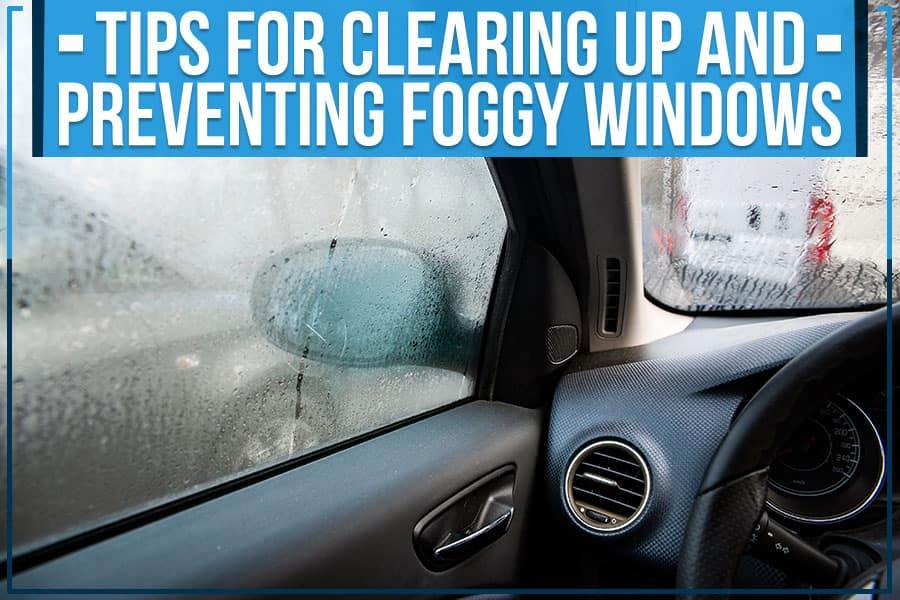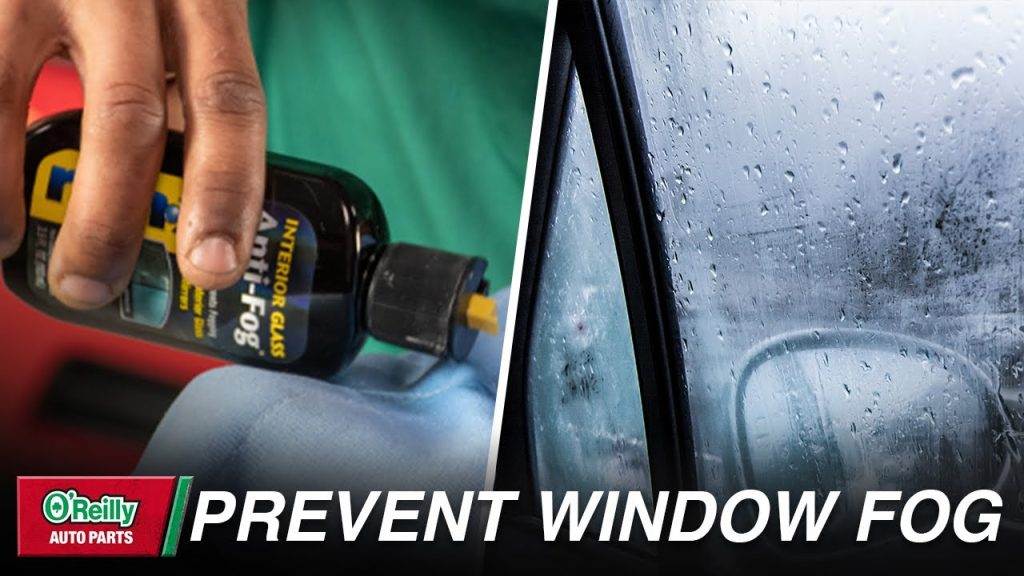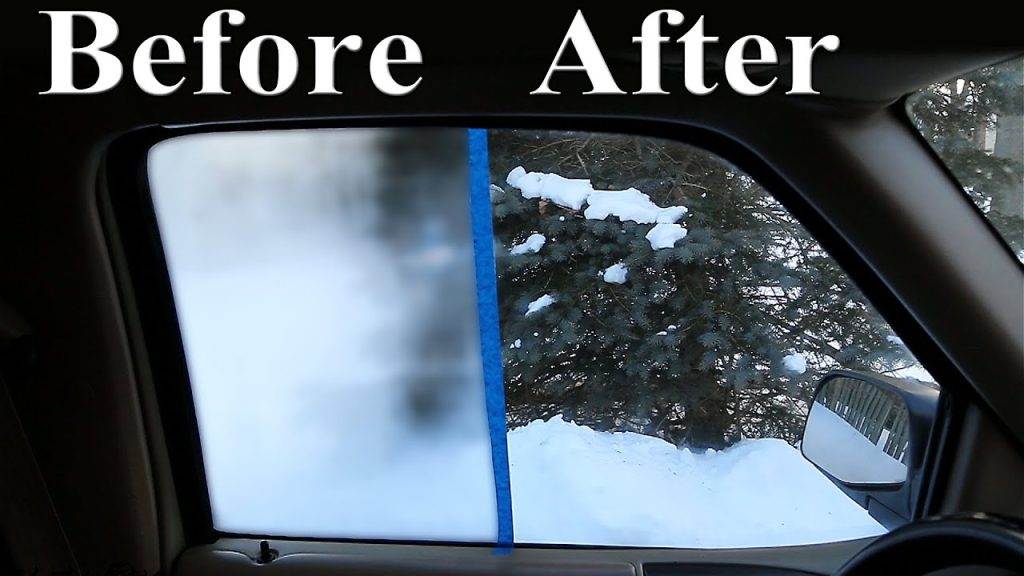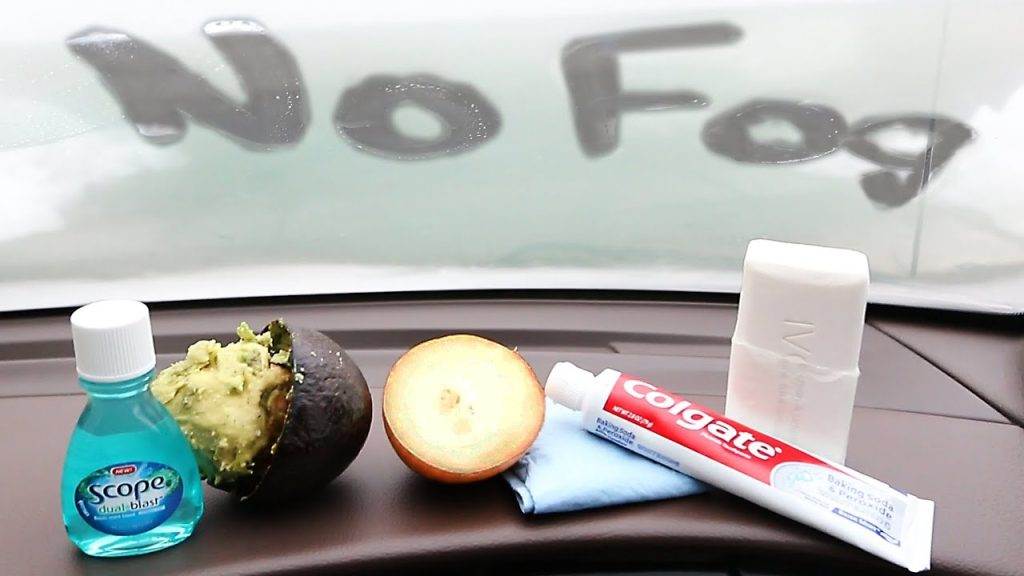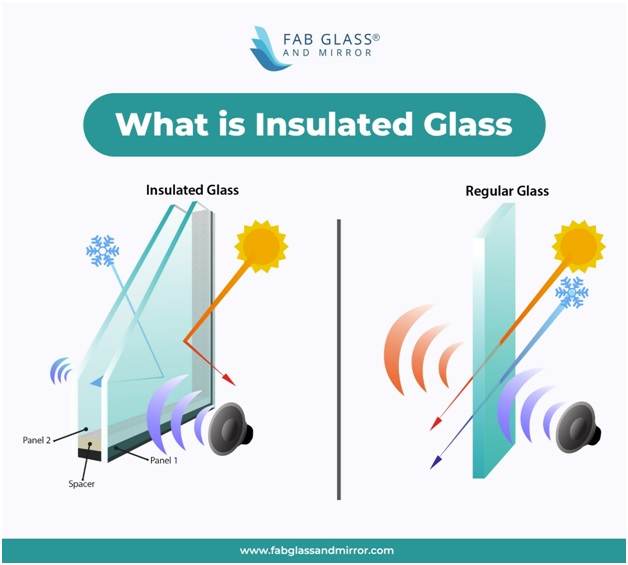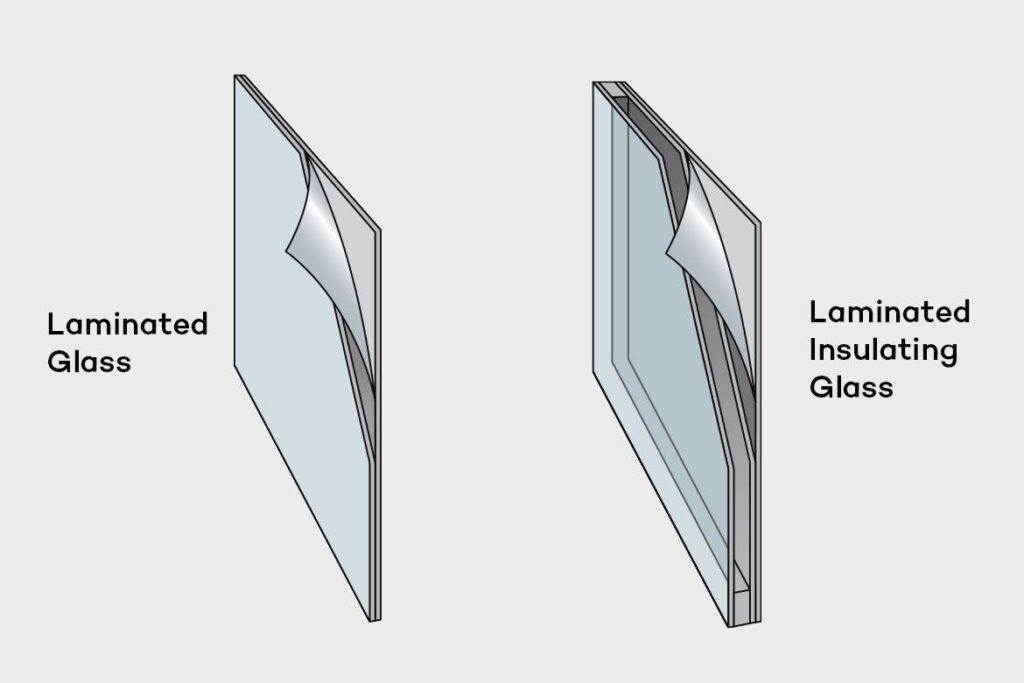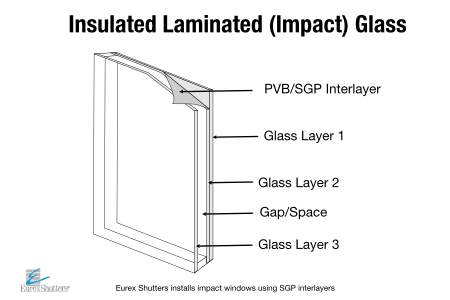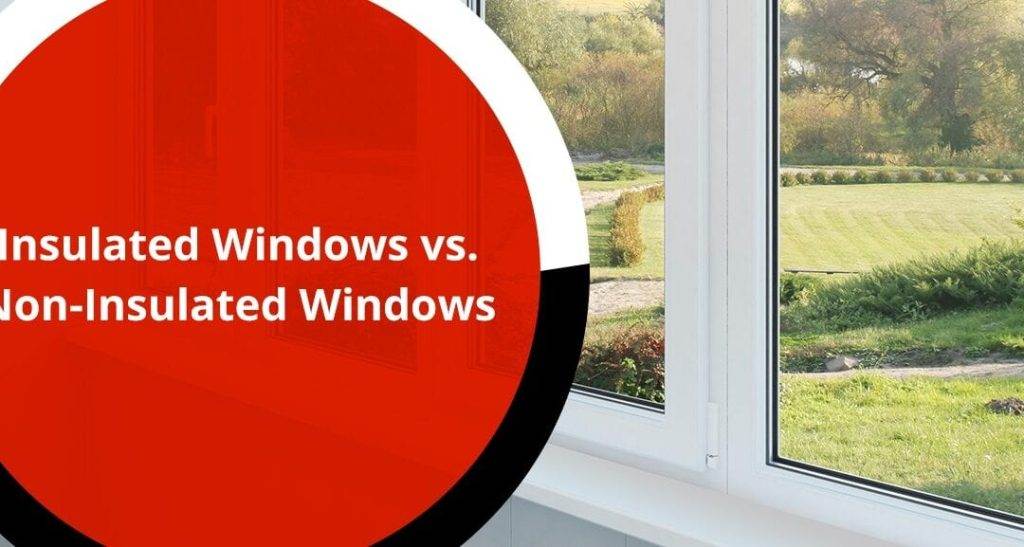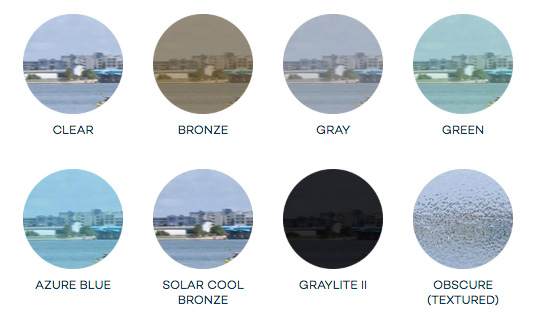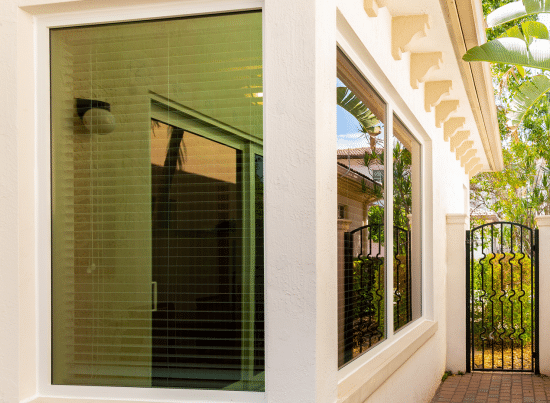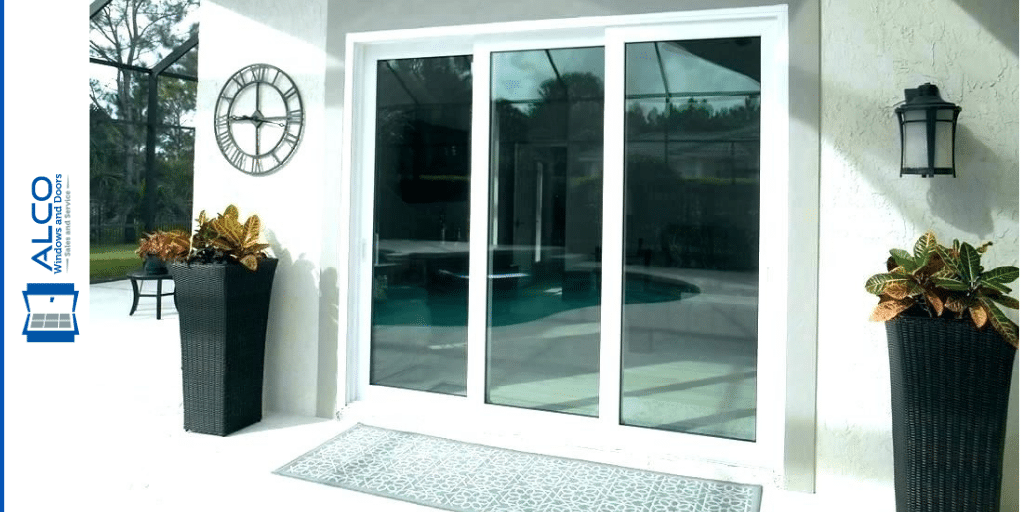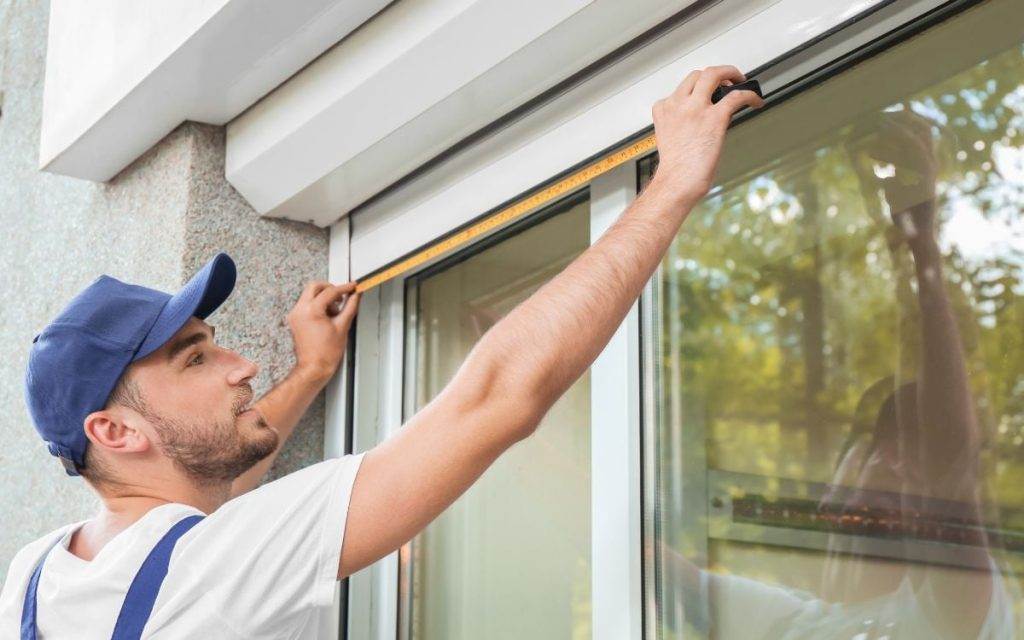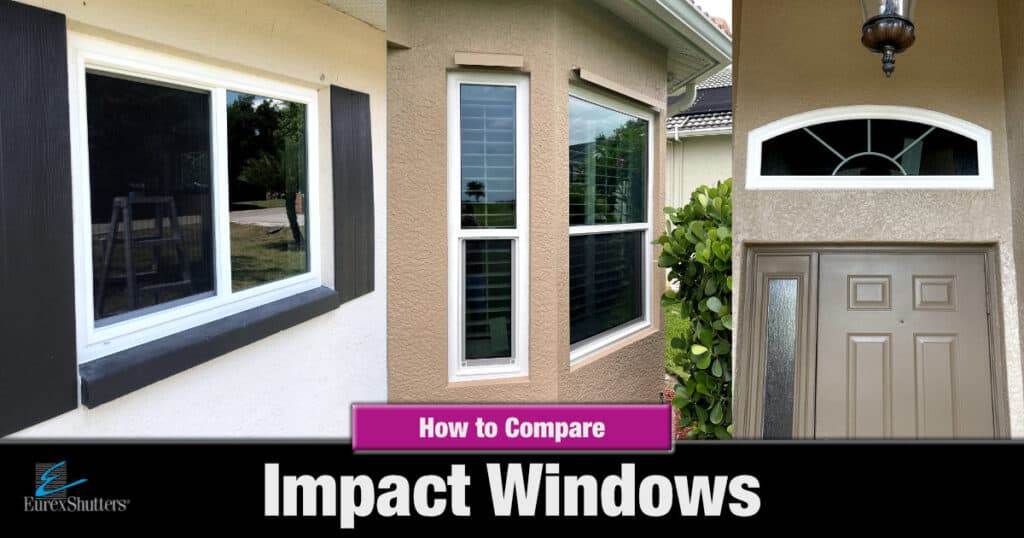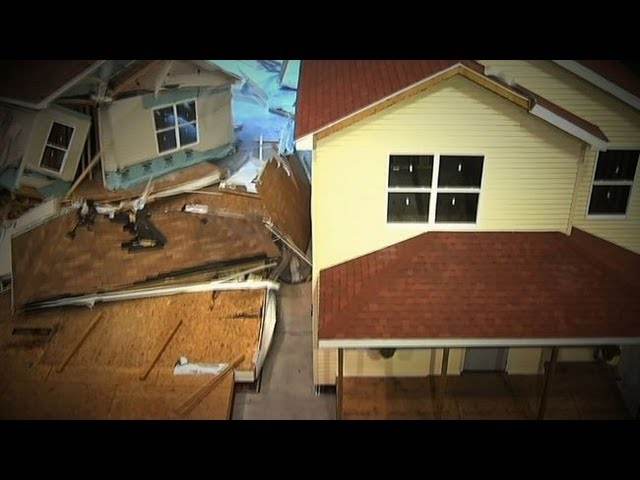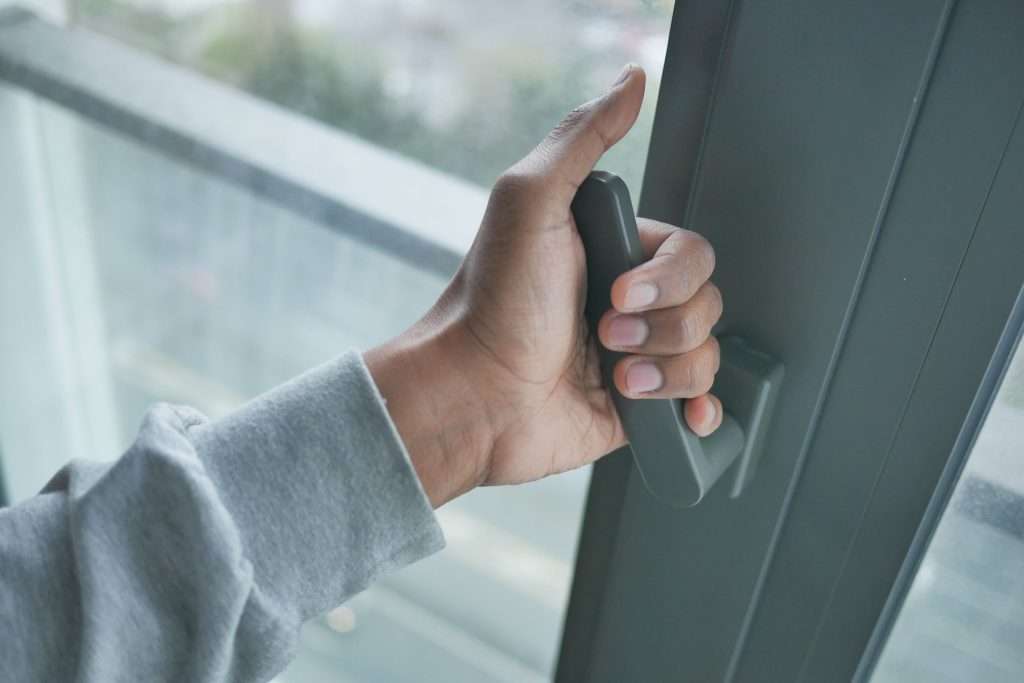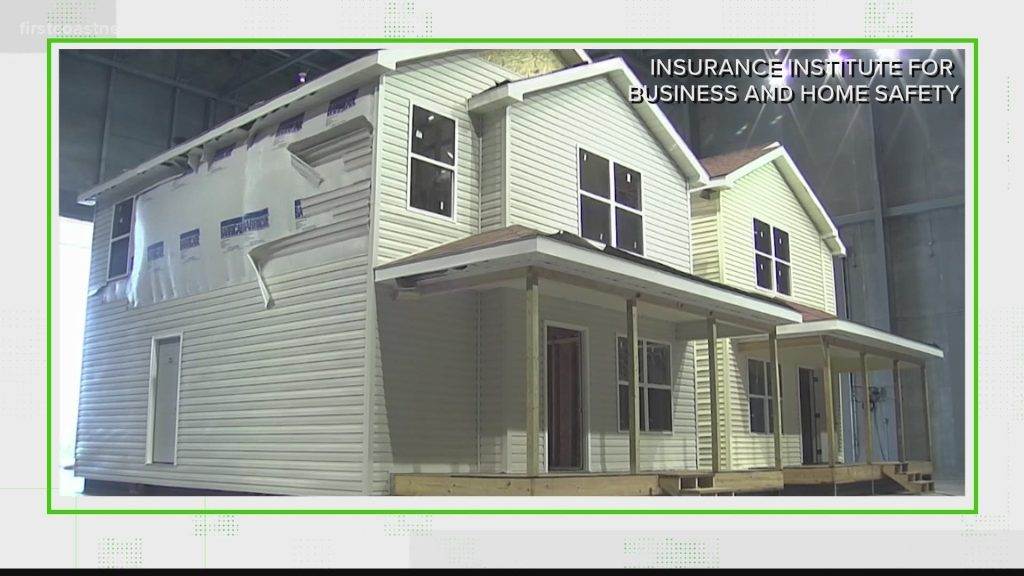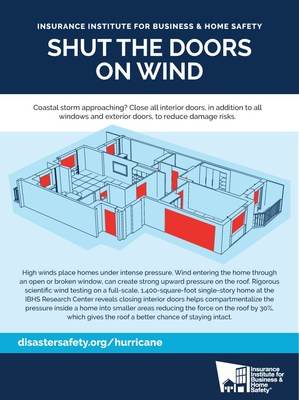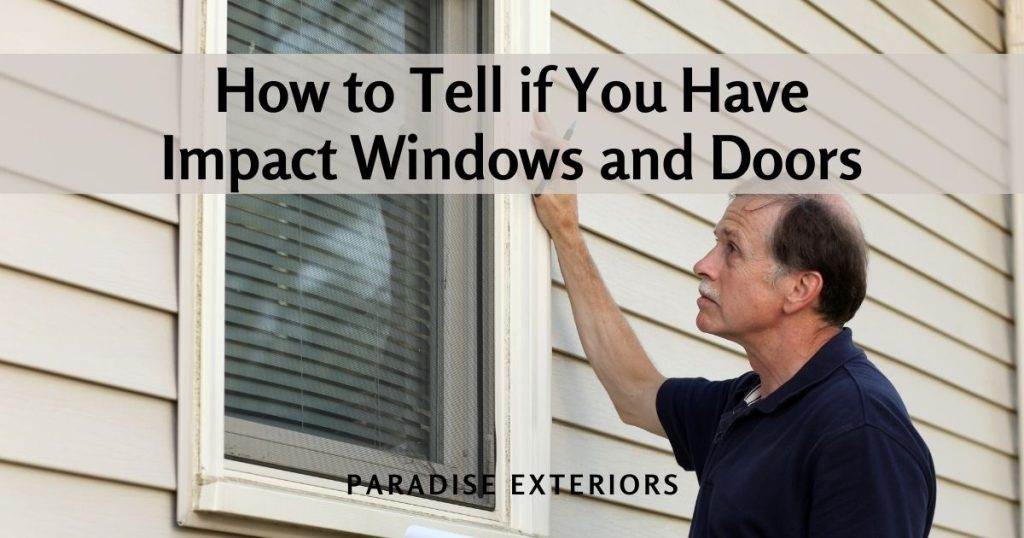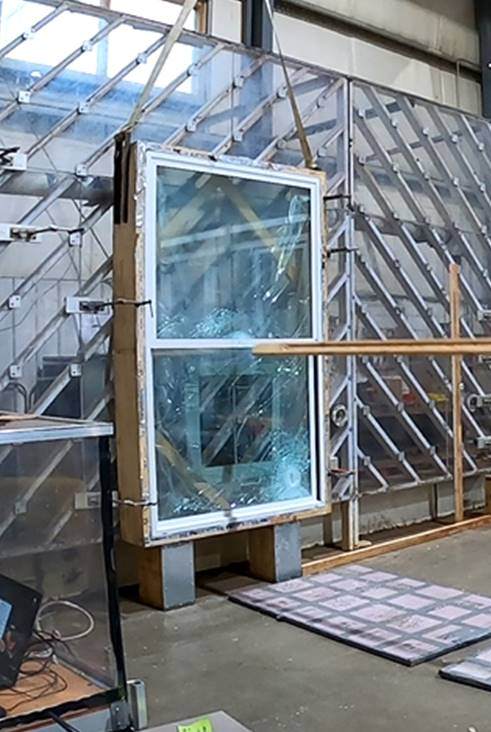Ever wondered how windows are installed in buildings? Curiosity got the best of us, and we had to find out whether those glass panes are inserted from the inside or outside. As it turns out, the answer isn’t as straightforward as you might think. Join us as we delve into the world of window installation methods and uncover the truth behind this intriguing question.
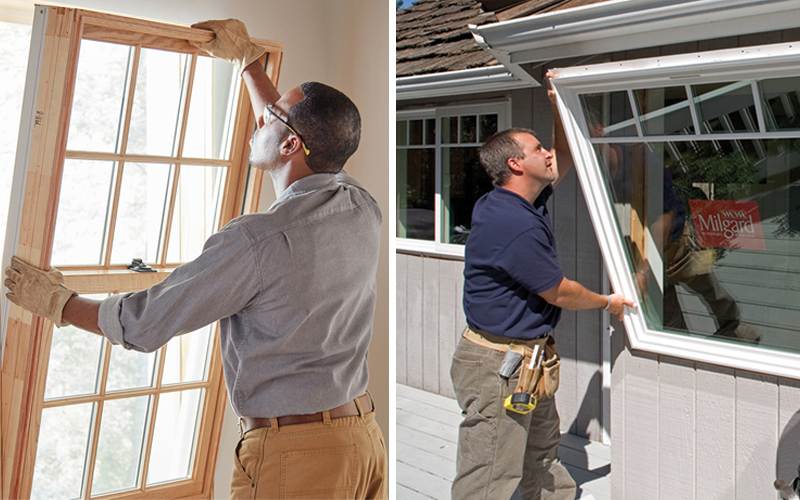
This image is property of brennancorp.com.
Overview
In the world of home improvement, window installation is a crucial process that can greatly enhance the value, aesthetics, and functionality of your space. But have you ever wondered about the various methods used in window installation? Do they install windows from the inside or outside? In this comprehensive article, we will delve into the world of window installation, exploring both interior and exterior installation methods, the tools and materials needed, factors influencing the approach, and much more. By the end, you’ll have a better understanding of the installation process and be equipped to make informed decisions about your own window installation needs.
Understanding Window Installation
Window Installation Process
Before we dive into the debate of whether windows should be installed from the inside or outside, it’s important to have a basic understanding of the window installation process. Window installation typically involves removing an old window and replacing it with a new one. The process starts with careful measurements to ensure a proper fit. Once the measurements are taken, the existing window needs to be carefully removed, ensuring that any old sealants or adhesives are properly cleaned off. The new window is then installed, ensuring a tight and secure fit. Finally, the surrounding area is sealed and insulated to prevent any drafts or moisture from entering the space.
Tools and Materials Needed
Regardless of whether you choose to install your windows from the inside or outside, there are several tools and materials that you will need to have on hand. Some of the essential tools include a screwdriver, pry bar, caulking gun, level, and a tape measure. Additionally, you will need materials such as sealants, insulation, screws, and shims to ensure a proper installation. It’s essential to have these tools and materials ready before you begin the installation process, as it will make the process smoother and more efficient.
Importance of Proper Installation
Proper installation of windows is crucial for several reasons. Firstly, it ensures that your windows function optimally, allowing for easy opening and closing and preventing any drafts from entering your space. Properly installed windows also provide an effective barrier against noise pollution, keeping unwanted sounds out of your home. Additionally, proper installation helps to maintain the energy efficiency of your home by preventing air leaks and reducing heat transfer. A well-installed window also enhances the overall appearance of your home, increasing its curb appeal and value. Therefore, it is vital to prioritize proper installation to reap these benefits and avoid potential issues in the future.
Installing Windows from the Inside
Interior Window Frames
When it comes to the installation process, one option is to install windows from the inside. This method involves removing the interior trim around the window and then placing the new window within the existing window frame. This method is commonly used for replacing old windows without disturbing the exterior siding or brickwork.
Steps for Interior Window Installation
Installing windows from the inside typically involves the following steps:
- Remove the interior trim: Start by carefully removing the trim around the existing window using a pry bar or screwdriver.
- Prepare the window frame: Clean and prepare the window frame by removing any debris and ensuring that it is level and square.
- Install the new window: Carefully place the new window into the prepared frame, using shims to ensure a proper fit. Secure the window with screws or nails, making sure it is level.
- Insulate and seal: Apply insulation and sealant around the window to prevent drafts and moisture from entering your home.
- Reinstall the interior trim: Once the window is securely in place, reinstall the interior trim to provide a finished look.
Advantages and Disadvantages of Interior Installation
There are several advantages to installing windows from the inside. Firstly, it is a relatively simpler process compared to exterior installation, as it does not involve disturbing the exterior of your home. This method is also less weather-dependent, as it can be performed even in unfavorable weather conditions. Additionally, interior installation allows for easier access to the window for maintenance and repairs in the future.
However, there are also a few disadvantages to consider. Interior installation may not be suitable for all window types, as it requires an existing window frame. It is also important to note that interior installation may limit the functionality of certain window types, such as casement windows that require clearance for opening and closing. Lastly, interior installation may not be ideal if your primary goal is to improve the exterior aesthetics of your home.
Installing Windows from the Outside
Exterior Window Frames
Alternatively, windows can also be installed from the outside. This method involves removing the exterior siding or brickwork around the window to access and replace the window frame. Exterior installation is typically chosen when the existing window frame is old, damaged, or rotted, or when the homeowner is looking to update the exterior appearance of their home.
Steps for Exterior Window Installation
Here are the steps involved in installing windows from the outside:
- Remove the exterior siding or brickwork: Start by carefully removing the siding or brickwork around the existing window using appropriate tools.
- Remove the old window frame: Once the exterior is exposed, remove the old window frame, taking care to avoid any damage to the surrounding area.
- Prepare the area: Clean and prepare the area around the window, ensuring it is level and free of debris.
- Install the new window frame: Place the new window frame into the opening, using shims to ensure a proper fit. Secure the frame with screws or nails, making sure it is level and square.
- Insulate and seal: Apply insulation and sealant around the window to prevent air leaks and moisture intrusion.
- Replace the exterior siding or brickwork: Once the window is securely installed, carefully replace the exterior siding or brickwork, ensuring a seamless look.
Advantages and Disadvantages of Exterior Installation
Just like interior installation, exterior installation also comes with its own set of advantages and disadvantages. One of the main advantages of exterior installation is the ability to completely update the look of your home’s exterior. By removing the old window frame and replacing it with a new one, you can achieve a fresh and modern appearance. Exterior installation also provides better access to the entire window frame for maintenance and repairs. Furthermore, it allows for greater flexibility in terms of choosing different window styles and sizes.
However, there are a few disadvantages to consider as well. Exterior installation is generally more labor-intensive and time-consuming than interior installation. It is also highly weather-dependent, as unfavorable weather conditions can significantly impact the installation process. Additionally, exterior installation may require obtaining permits or complying with local building codes, depending on your location. Therefore, it is important to carefully weigh these factors when deciding whether exterior installation is the right choice for you.
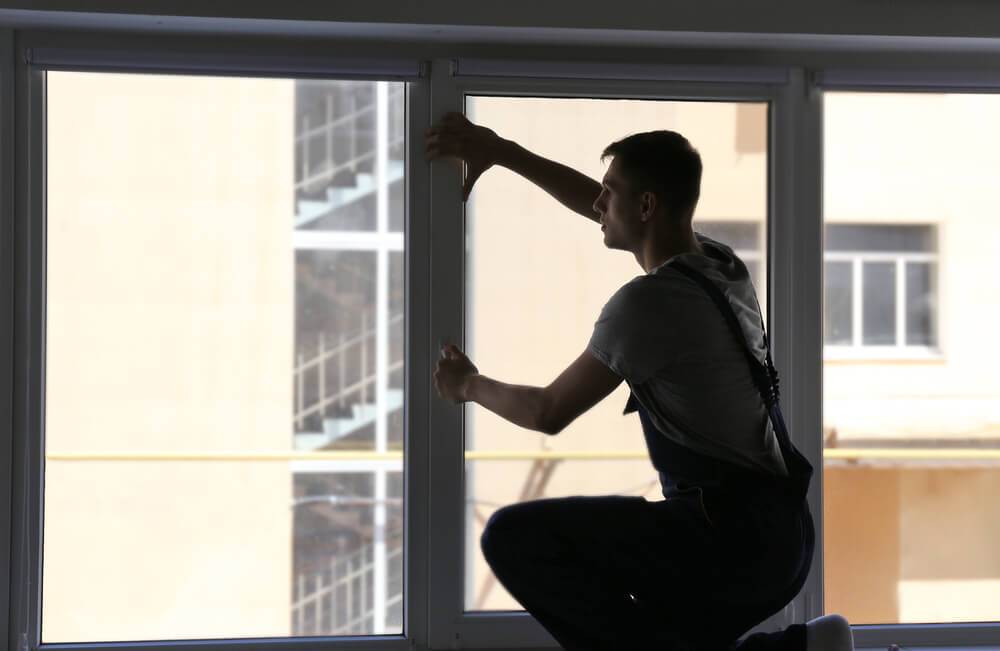
This image is property of ecochoicewindows.ca.
Factors Influencing Installation Approach
When deciding whether to install windows from the inside or outside, several factors come into play. Let’s take a closer look at some of the key factors that can influence the installation approach.
Window Type
The type of window you are installing can have a significant impact on the choice between interior and exterior installation. Some window types, such as double-hung or single-hung windows, may be better suited for interior installation, as they require an existing window frame. On the other hand, casement windows or picture windows can be installed from either the inside or outside, depending on your preference and specific requirements. It is important to consider the characteristics and functionality of different window types when selecting the installation method.
Location and Surroundings
The location of your windows and the surroundings of your home should also be taken into account when determining the installation approach. If the existing windows are in areas that are difficult to access from the outside, such as upper floors or tight spaces, interior installation may be the more practical choice. Additionally, if your home is located in a historic district with strict preservation guidelines, exterior installation may not be permitted. Analyzing the location and surroundings of your windows can help guide you towards the most suitable installation method.
Climate and Weather Conditions
Another important factor to consider is the climate and weather conditions in your area. Exterior installation can be more challenging in regions with extreme weather conditions, such as heavy rain or snowfall, as these conditions can significantly impact the installation process. In such cases, interior installation may be preferred, as it provides better protection from the elements during the installation process. However, if your windows are already exposed to the exterior elements and need to be replaced, exterior installation may be necessary regardless of the weather conditions.
Choosing the Right Installation Method
Now that we have explored both interior and exterior installation methods, it’s time to understand how to choose the right method for your window installation project.
Comparison of Interior and Exterior Installation
To make an informed decision, it is crucial to compare the advantages and disadvantages of both interior and exterior installation methods. Consider factors like the condition of your existing window frame, the desired exterior appearance, accessibility, and the specific requirements of your window type. By weighing these factors against the pros and cons of each method, you can determine which approach best suits your needs.
Considerations for Selecting the Method
In addition to the comparison, there are a few key considerations to keep in mind when selecting the installation method. If the existing window frame is in good condition and you are primarily concerned with interior aesthetics, interior installation may be the more practical choice. On the other hand, if your primary goal is to enhance the exterior appearance of your home or the existing window frame is damaged, exterior installation may be the better option. It’s essential to align your priorities and specific requirements with the most suitable installation method to ensure a successful project.
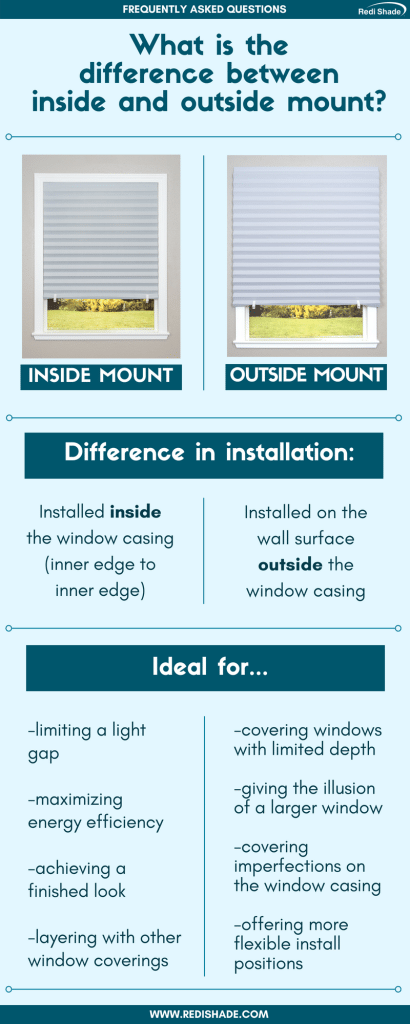
This image is property of redishade.com.
Professional vs. DIY Installation
Once you have decided on the installation method, another important consideration is whether to hire professionals or pursue a DIY approach. Let’s explore the benefits and challenges of each option.
Benefits of Hiring Professionals
One of the primary advantages of hiring professionals for window installation is their expertise and experience. Window installation requires precise measurements, careful removal of existing windows, and proper sealing techniques. Professionals have the knowledge and skills to ensure a flawless installation, minimizing the risk of errors and future issues. Additionally, hiring professionals saves you time and effort, as they will handle every aspect of the installation process, from preparation to clean-up. Moreover, professional installations often come with warranties, providing you with peace of mind and protection in case any problems arise post-installation.
Popular DIY Alternatives
For those with a knack for DIY projects, installing windows by yourself can be a rewarding and cost-effective option. DIY installations allow you to take control of the entire process, from selecting the windows to completing the installation. Many homeowners find satisfaction in successfully completing a home improvement project on their own. Furthermore, DIY installations can potentially save you money on labor costs. There are numerous resources and tutorials available online to guide you through the installation process step-by-step.
Risks and Challenges of DIY Installation
While DIY installations may seem appealing, there are risks and challenges to consider. Improper installation can lead to various issues, including air leaks, water infiltration, and decreased energy efficiency. Lack of experience and knowledge can result in measurement errors, poor insulation, and even damage to your home. Additionally, DIY installations may not be suitable for complex window types or specific installation conditions. It is crucial to assess your skills, comfort level, and available resources before deciding to take on a DIY window installation project.
Common Mistakes to Avoid
Regardless of whether you choose professional or DIY installation, there are several common mistakes that you should be aware of and avoid at all costs.
Measurement Errors
Accurate measurements are crucial for a proper window fit. One of the most common mistakes is inaccurate measurements, which can lead to ill-fitting windows. To avoid this, always measure multiple times and double-check your measurements before ordering or installing windows. If in doubt, consult professionals or utilize resources that provide guidance on proper measurement techniques.
Improper Sealing and Insulation
Neglecting proper sealing and insulation can have severe consequences, such as air drafts, energy loss, and moisture damage. Make sure to apply appropriate sealants and insulation materials during the installation process. Follow manufacturer instructions and ensure that all gaps are properly filled and sealed to guarantee optimal performance and energy efficiency.
Neglecting Safety Precautions
Window installation can involve working at heights and handling tools, which poses certain risks. Neglecting safety precautions can lead to injuries or accidents. Always wear the appropriate safety gear, follow safety guidelines, and use the right tools. If you are unsure or uncomfortable with certain aspects of the installation process, it is advisable to seek professional help.
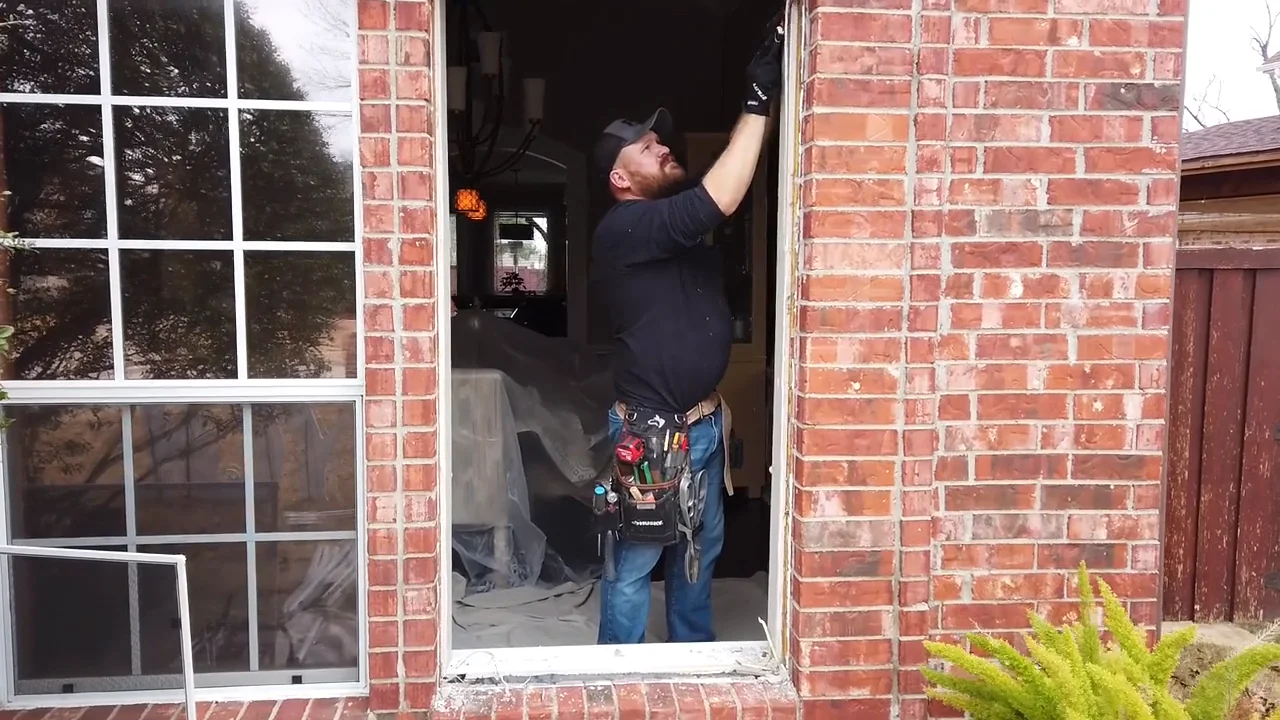
This image is property of embed-ssl.wistia.com.
Cost of Window Installation
Understanding the cost of window installation is an important aspect of planning your project. Several factors can influence the overall costs involved.
Factors Affecting Installation Costs
The cost of window installation can vary depending on several factors, such as the number of windows, the size and type of windows, the complexity of the installation, and the region or local market. Additionally, the choice between interior and exterior installation may affect costs, as exterior installation often involves more labor and materials. It is recommended to obtain multiple quotes from reputable contractors to get a better idea of the potential costs for your specific installation needs.
Average Costs for Interior and Exterior Installation
On average, the cost of window installation for a single window can range from $300 to $1,000 or more, including both labor and materials. Interior installation tends to be less expensive compared to exterior installation, as it typically involves less labor and fewer materials. However, prices can vary significantly depending on the factors mentioned earlier. It is crucial to consider the long-term benefits and potential energy savings when evaluating the cost of window installation, as quality installation can translate into significant savings in the long run.
Additional Expenses to Consider
In addition to the actual installation costs, there may be additional expenses to consider. These expenses can include permits, disposal fees for removing old windows, and any necessary repairs or modifications to the surrounding area. It is essential to account for these potential expenses in your budget and discuss them with your contractor to avoid any unexpected costs.
Conclusion
When it comes to window installation, the decision of whether to install windows from the inside or outside depends on various factors, including the condition of the existing window frame, desired aesthetics, and specific requirements of the window type. Both interior and exterior installation methods have their advantages and disadvantages, so it’s important to carefully consider these factors before making a decision. Whether you choose to hire professionals or embark on a DIY project, proper installation techniques and attention to detail are crucial to ensure a successful and long-lasting outcome. By understanding the cost factors and potential challenges associated with window installation, you can make an informed decision and transform your space with beautiful and functional windows.
This image is property of qph.cf2.quoracdn.net.

